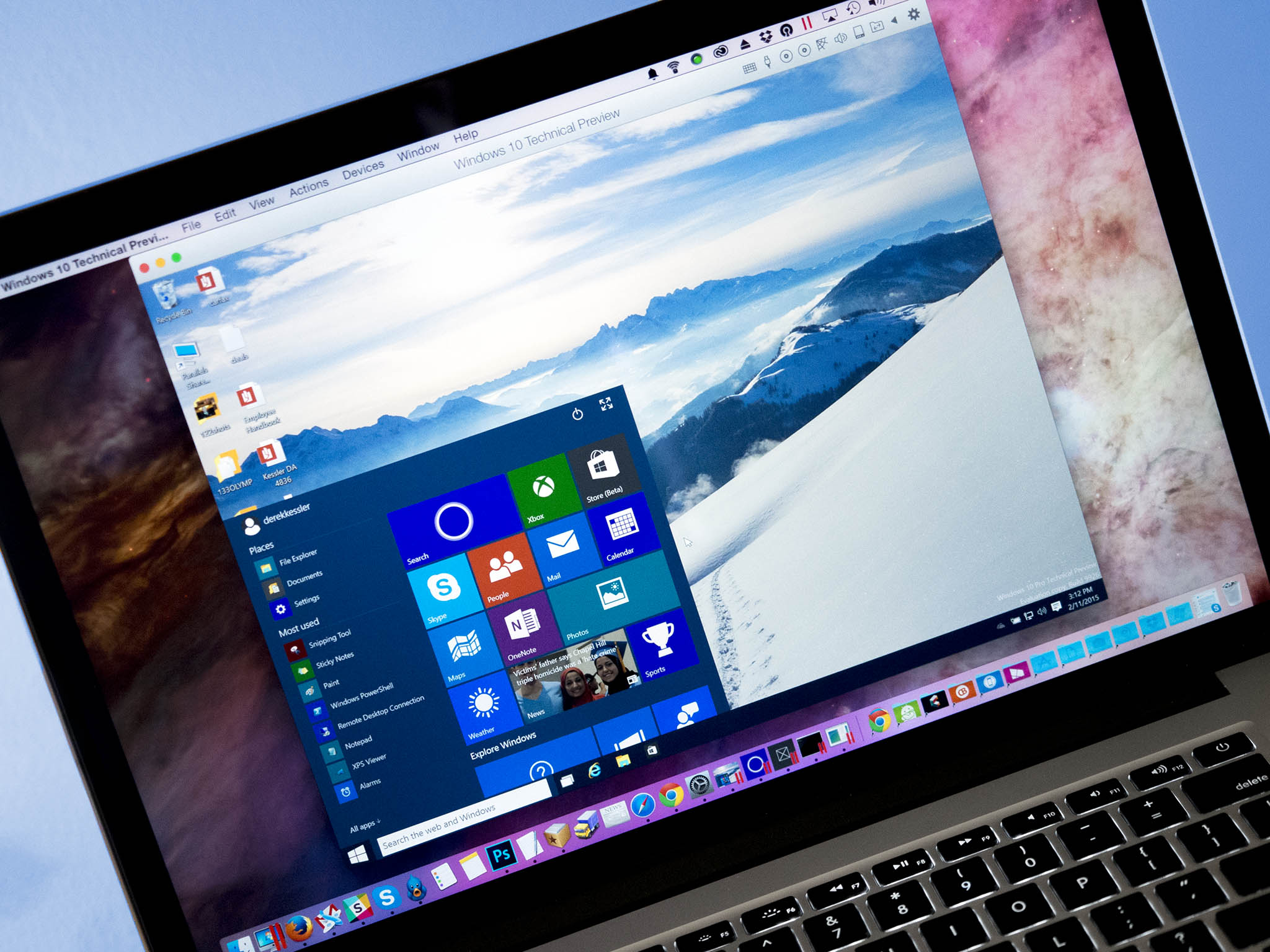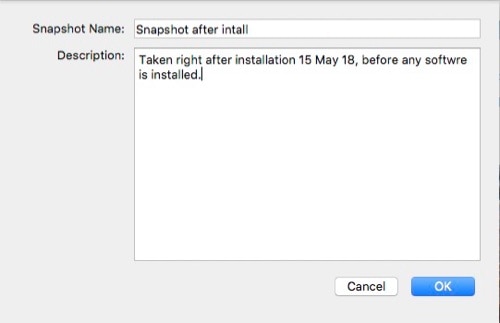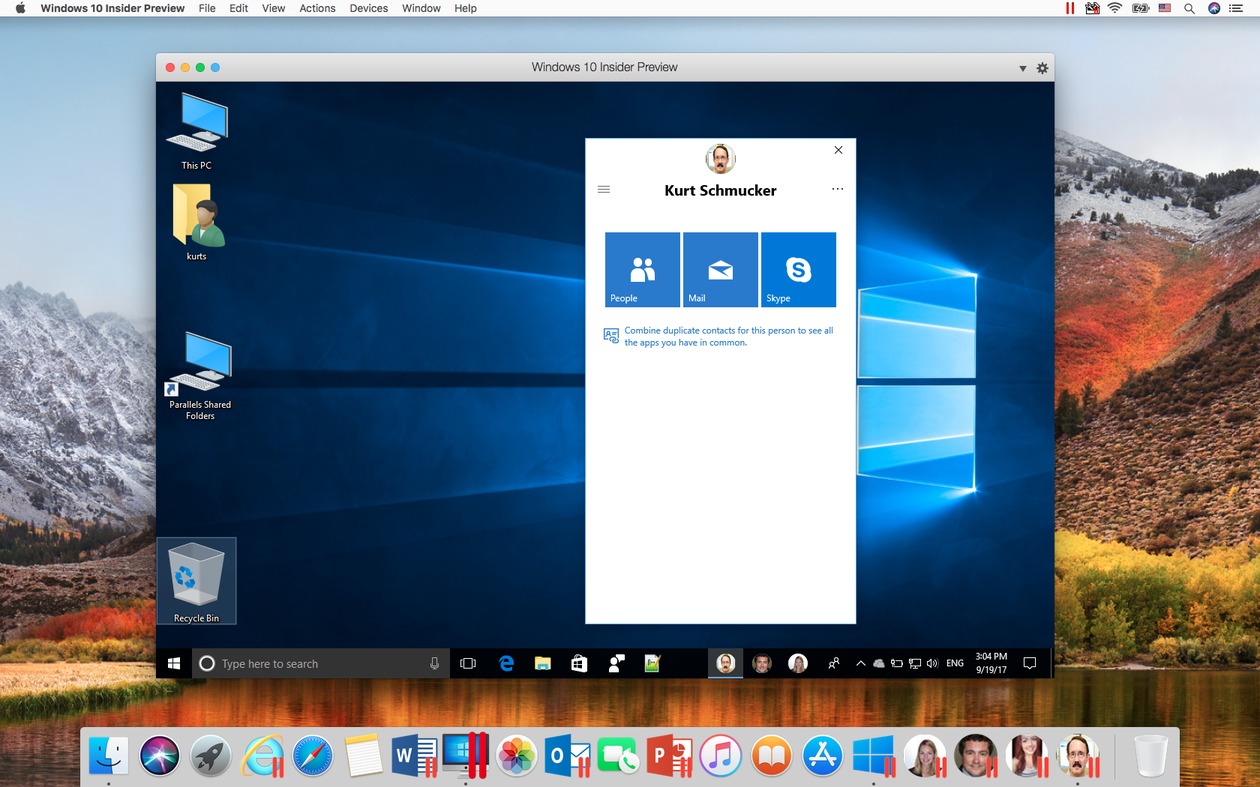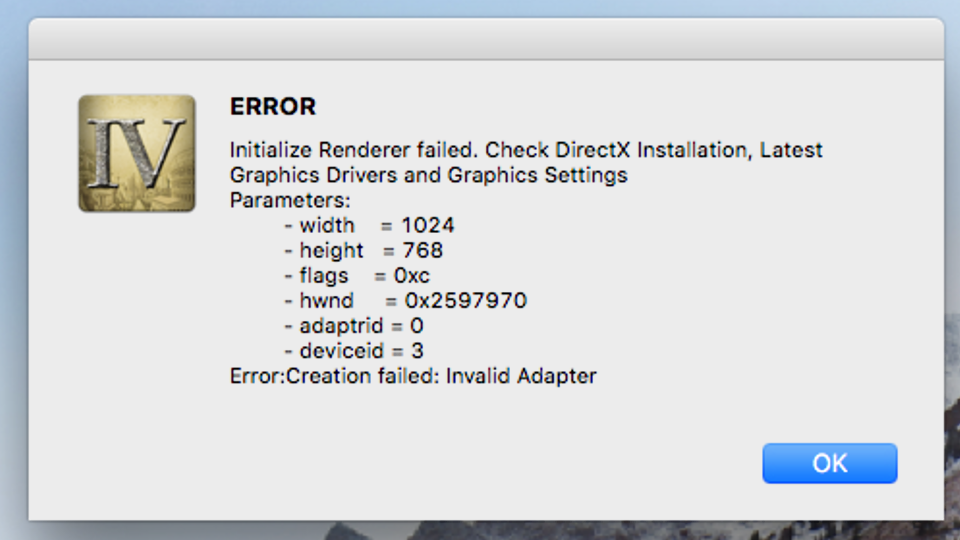Parallels High Sierra
I had a weird experience with an Parallels MacOS vm on my MacBook Pro this week. By accident I stumbled upon a solution / workaround.
- Parallels High Sierra Key
- Parallels For Mac High Sierra
- Parallels High Sierra Version
- Parallels Desktop High Sierra Crack
- Parallels 15 High Sierra
Parallels High Sierra Key
Background story
Parallels has an automated wizard that creates a macOS Sierra VM with absolutely no hassle. So, the easiest method to get a High Sierra VM is to upgrade from Sierra in-place. First, you need a running macOS Sierra VM running in Parallels Desktop Lite. See this post for guidance to setup a virtual macOS. If you intend to upgrade your Mac to macOS High Sierra or higher and keep using Parallels Desktop for Mac, we strongly recommend you. Parallels Desktop 13 fully supports macOS High Sierra, both as a host OS and guest OS. The more detailed answer is in the rest of this post.
Parallels For Mac High Sierra
Earlier this year, I enrolled for the Mojave beta program, but reverted back to High Sierra (which my MBP 2017 came with). All was good. I could go into Disk Utility, wipe the disk and reinstall High Sierra from MacOS Utilities, and Mojave when I later installed the public release of Mojave. The funny thing was, when installing a Parallels vm from recovery, it would install Mojave beta.
I had almost given up fixing this, but I made a discovery on another MBP I was working on. I had upgraded to Mojave from High Sierra (which it also shipped with) on that MBP and reinstalled it multiple times as described above. But one time on this MBP, I restarted the machine right after wiping the disk. I though that I could go back into MacOS Utilities after the restart, but the Mac just asked for a internet connection and had a spinning globe on a black background. After a while, it jumped back into MacOS Utilities.
Guess what. Now the reinstall option had reverted to High Sierra! This Mac had Mojave before the last disk wipe. So I tried the same on my own MBP, which had the same result.
This solved my Parallels beta problem! Now I get High Sierra when installing a vm from recovery (even if i upgraded to Mojave again on the host).
- Feb 18, 2021 High Sierra 10.13 Sierra 10.12 Parallels Desktop 16 is also compatible with Mac apps and also lets you connect a range of Bluetooth devices with the virtual machine, using the Bluetooth feature of your Mac computer.
- Aug 11, 2020 Hey Kent, Thanks for your feedback. Yes, in Parallels Desktop 16 you can install Mac OS X Snow Leopard 10.6.x. For these OSes you don’t need to install the Server version: macOS Big Sur 11.0 (when released), macOS Catalina 10.15, macOS Mojave 10.14.x, macOS High Sierra 10.13.x, macOS Sierra 10.12.x, OS X El Capitan 10.11.x, OS X Yosemite 10.10.x, OS X Mavericks 10.9.x, OS X.
The solution
So if you are getting beta images in Parallels, remove your Mac from the beta program (if you haven’t already), wipe your disk and restart.

To me it’s still a mystery why Parallels shows me High Sierra as the recovery OS when the host it self shows Mojave. But that is a case for a later troubleshooting session.
I wanted to install macOS High Sierra on a virtual machine on my Mac so that I could debug some issues. The host machine is running macOS and the guest VM would be running macOS as well.
VirtualBox does not support APFS right now and neither does Parallels Lite. This is a problem since APFS is the default for macOS High Sierra.
Although it should be possible to install macOS High Sierra in VirtualBox on an HFS+ disk, I could not get it to work with VirtualBox. However, I was able to get it working with Parallels Desktop Lite (after a couple workarounds).
I am assuming you are comfortable working with the command line, and already have a High Sierra installer available to you and downloaded on your Mac.
First, generate an .iso file from the High Sierra installer (thanks to some helpfulguides for showing me how to do this).
Run each of these commands one after another. If something goes wrong, you can reboot to clear things out and try again.
Install the Parallels Lite App from the App Store. Follow the wizard to create a new virtual machine. Choose to 'Install Windows or another OS from a DVD or image file'.
Parallels High Sierra Version
Catalina os. Click 'Locate Manually' to manually select our HighSierra.iso file.
You may see a warning saying 'Unable to detect operating system'. That is ok.
Click 'Continue' and select 'macOS' as the operating system.
The virtual machine should then boot to the installation iso.
Parallels Desktop High Sierra Crack

Parallels 15 High Sierra

Launch Terminal from the Utilities menu.
Format the virtual machine hard drive as HFS+ using the terminal.

Reboot the VM and it should boot to the installation iso again. Rebooting may be overkill, but I do it to ensure that the install iso is properly detecting the disk and partition layouts after the erase we just performed.
Again, launch Terminal from the Utilities menu.
We will use a special installer command called startosinstall, and manually run the installer from the iso rather than using the GUI.
The only flags needed are --converttoapfs NO to prevent converting the disk to APFS, and --volume /Volumes/MacHD to specify our target installation volume.
